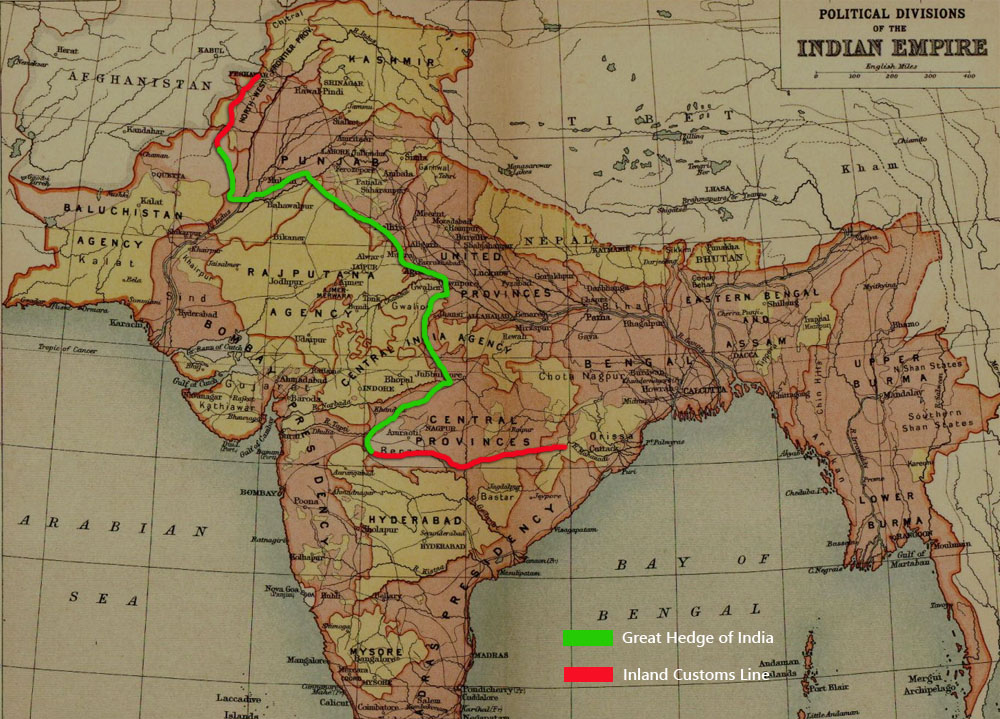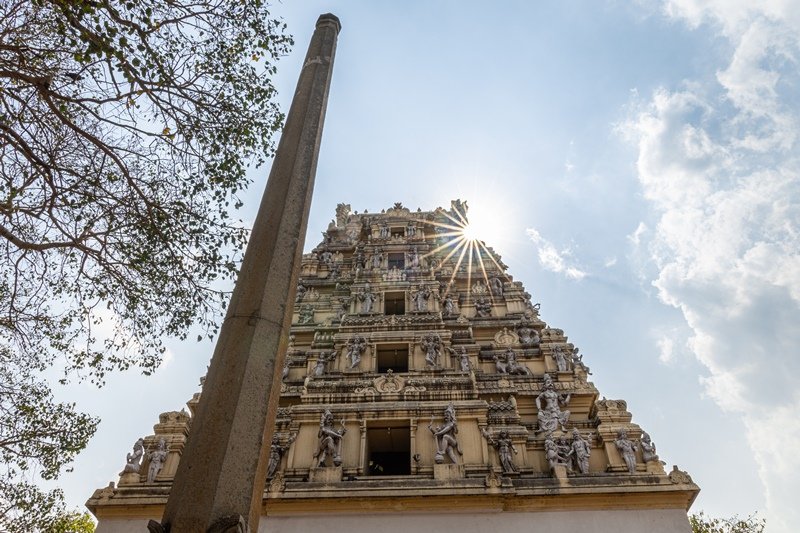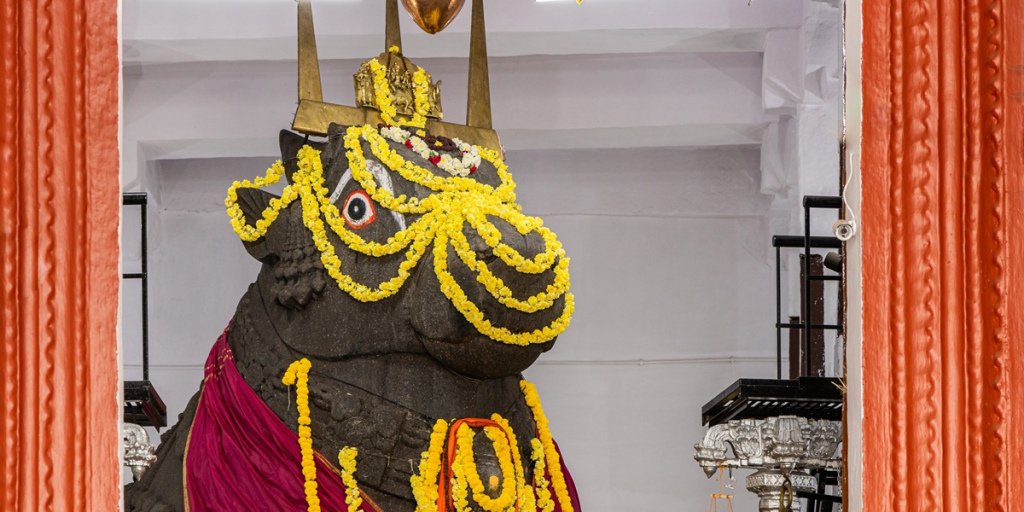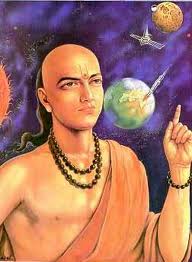
This large rectangular, water-filled structure may look like a small reservoir, but in fact, it is an ancient dock which is the oldest in the world. Yes, the World’s Oldest Dock is at #Lothal #Gujarat
Lothal is 85km from Ahmedabad. It is one of the Indus valley civilization site
Lothal is 85km from Ahmedabad. It is one of the Indus valley civilization site

Lothal is believed to be at least 5,000 yrs old & was the only port-town of the Indus Valley Civilization. Lothal’s dock connected the city to the Sabarmati river which was an important trade route between Harappan cities in Sindh (now in Pakistan) & the peninsula of Saurashtra..
At that time, the surrounding Kutch desert of was a part of the Arabian Sea.
The dock is roughly 200 meters long and about 35 meters wide. During high tides, the dock would have filled with seawater allowing ships and boats to move in an out of the dockyard...
The dock is roughly 200 meters long and about 35 meters wide. During high tides, the dock would have filled with seawater allowing ships and boats to move in an out of the dockyard...
In fact, Lothal’s location was ideal for a dock because the Gulf of Khambhat has the highest tidal amplitude and ships can be sluiced through flow tides in the river estuary.
The dock also possessed a lock in the form of a wooden door that could be lowered at the mouth of the outlet to retain a minimum column of water in the basin so as to ensure flotation at low tides.The warehouse was built on a raised platform to protect the goods from flood...
When the site was first excavated in 1955, some archeologists argued that the basin was too small to house ships and conduct much traffic, and that the dock was actually an irrigation tank...
But the discovery of marine microfossils, salt, and gypsum crystals has provided decisive prove that the structure once held seawater. Today, the site is not linked to the gulf by a waterway because the river had since change its course...
Lothal survived really long after among the other settlements of the Indus Valley Civilization. But tropical storms and frequent floods caused immense destruction, and the city became unlivable and was eventually abandoned 🇮🇳🙏.
Credits to Kaushik patowary.
• • •
Missing some Tweet in this thread? You can try to
force a refresh












